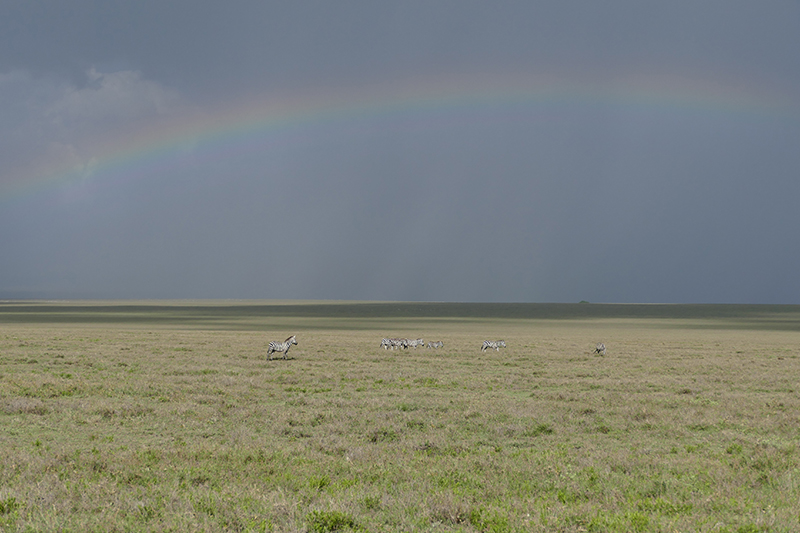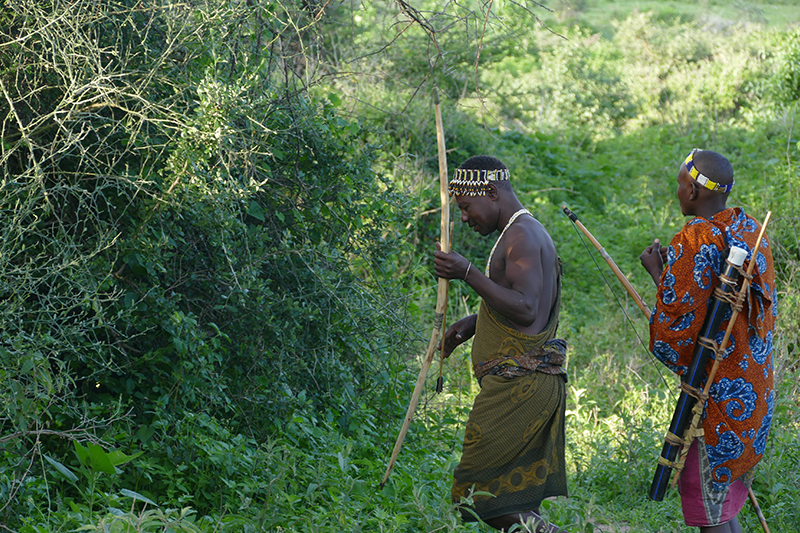The Serengeti is without doubt one of Africa’s most incredible safari destinations, with miles and miles of pristine natural grassland brimming full with wildlife of every description. It is true that some parts of this huge wilderness are too mainstream for anyone seeking solitude, but if you know where to go, there is magic to be found.
Having decided relatively last minute that I had time to sneak out to northern Tanzania to refresh on what seemed like a multitude of camp updates and developments, I then was faced with the challenge of finding space for myself at the various chosen properties. An excellent problem to have after the catastrophic Covid years.



My trip didn’t get off to a fantastic start after my connection flight from Nairobi to Kilimanjaro was delayed by 12 hours. It was 06h30 in the morning and I had two choices… spend the day waiting for my delayed flight and miss my first night in the Serengeti; or take a walk down memory lane and jump in a taxi and head south overland. I chose the latter, as I figured with a fair wind and a little help I might still be able to catch a flight to the Serengeti that day. Plus, a little spontaneous adventure wasn’t totally unattractive. The border crossing at Namanga, a few hours south of Nairobi, was surprisingly orderly and quick compared to 25 years ago, and once I managed to gently convey my urgency to my new Tanzania taxi driver I started to believe I may just make it. It needed several Whatsapp calls to my wonderful contacts at Coastal Aviation, who did slightly delay their aircraft for me, and I ran through Arusha airport in the late morning heat and jumped into my seat. The pilot smiled and warned me I was the fourth and final stop after Kilimanjaro, Tarangire and the central Serengeti. No problem I thought, at least I’m getting there today. I felt quite euphoric. It was then that I realised I had run out of water and needed the loo!



My safari began in the western Serengeti, which is home to vast open plains and the densely forested Grumeti River course. I didn’t see a single other vehicle that first afternoon, which was wonderful, and I arrived into the beautiful Mila Tented Camp in time for special sundowners overlooking the plains. Legendary Expeditions are a classy outfit and really focus on service and exclusivity – each group of guests are looked after very individually from game drives to sunset drinks and private bush dinners. The western Serengeti plays host to the migration herds from May until July, but has year round wildlife concentrations and will offer a quiet, relaxed experience from December through to March when the wildebeest congregate further south.
From the west I travelled through the central Seronera region and down into the remote south-east corner of the park. My destination was Namiri Plains, an upmarket tented lodge run by Asilia Africa. That afternoon I enjoyed a wonderful and exclusive game drive south from camp to the beautiful Gol Kopjes, somewhere I had seen in the distance several times over the years but never actually reached. Cheetahs seemed to be eluding us, which is rare on these vast open plains that are their ideal habitat, but we found some lions near the kopjes and there were large numbers of zebras forming the ‘head’ of the annual migration as it was drifting east after some heavy rain a couple of days prior. My highlight of the drive was an aardwolf ‘bounding’ away across the plains at dusk.



My next few days were spent in the core Ndutu region of the southern Serengeti, inside the Ngorongoro Conservation Area which allows off road driving. There are many camps in this area, which is certainly something to be aware of, but with a private vehicle and a good guide it is possible to enjoy the prolific game viewing whilst avoiding other tourists to a large degree. Serengeti Safari Camp, run by Nomad Tanzania, is one of the best in this regard. As if to prove the point we managed to get ‘stuck in the mud’ one morning (there are various areas on the plains that become tricky after heavy rain) and not a single other tourist vehicle came past in five hours! These things sometimes happen on safari, and while we waited for help we saw a cheetah hunting in the distance and I enjoyed my favourite sighting of the entire trip – a family of golden jackals (apparently now renamed ‘wolves’) playing and cavorting in the morning sunshine, unaware that anyone was watching. We were stuck far enough away from their den not to disturb them, yet with binoculars I had a lovely view of their antics. Every cloud has a silver lining!



Over the course of a few days I enjoyed several excellent cheetah and lion sightings, spent time with breeding herds of elephants and marvelled at the swathes of Greater and Lesser flamingo on Lake Ndutu. But my overriding impression of the area was of wildebeest, thousands upon thousands of them, almost everywhere we went. They covered the surrounding plains to the west, and were drawn through the woodlands, ‘lowing’ as they moved, occasionally bursting into stride when they caught a whiff of a predator on the wind. December to April is the time to see this spectacle in the southern Serengeti.



One morning we set off early to see what action we could find around ‘Big Marsh’ an iconic area which is core lion territory whilst also being a regular haunt of cheetah, serval and leopard. The lions were doing what they do best, relaxing with full bellies in the morning sun, and we also found a lone cheetah making a rather gentle attempt at hunting some hartebeest. As we watched the lions, a strange noise filled the air and I looked up to see humans in a wicker basket floating above us, over the lions and then over a big herd of wildebeest. Hot air balloon safaris are not always so dramatic, but that morning the guests surely felt they had enjoyed value for money!



My final night was spent in the far south on the edge of the plains, nestled into the escarpment hills at Serian Serengeti South. This is one of our favourite camps, offering a very personalised and exclusive experience with the opportunity to walk and enjoy some cultural interaction with the local Hadzabe hunter gatherers. A fitting end to a busy and rewarding trip.



Rob stayed at Mila Tented Camp, Namiri Plains, Kirurumu Serengeti, Nyikani Camp, Serengeti Safari Camp and Serian’s Serengeti South, and visited And Beyond Grumeti River Camp, Sanctuary Kichakani, Serian’s Serengeti Mobile Kusini, Ubuntu Migration Camp, Olakaira Migration Camp, Nasikia Mobile Migration Camp, Ndutu Safari Lodge, Wild Frontiers Camp, And Beyond Serengeti Under Canvas, Lemala Ndutu, Nyasi Migrational Camp and Mwiba Lodge.

